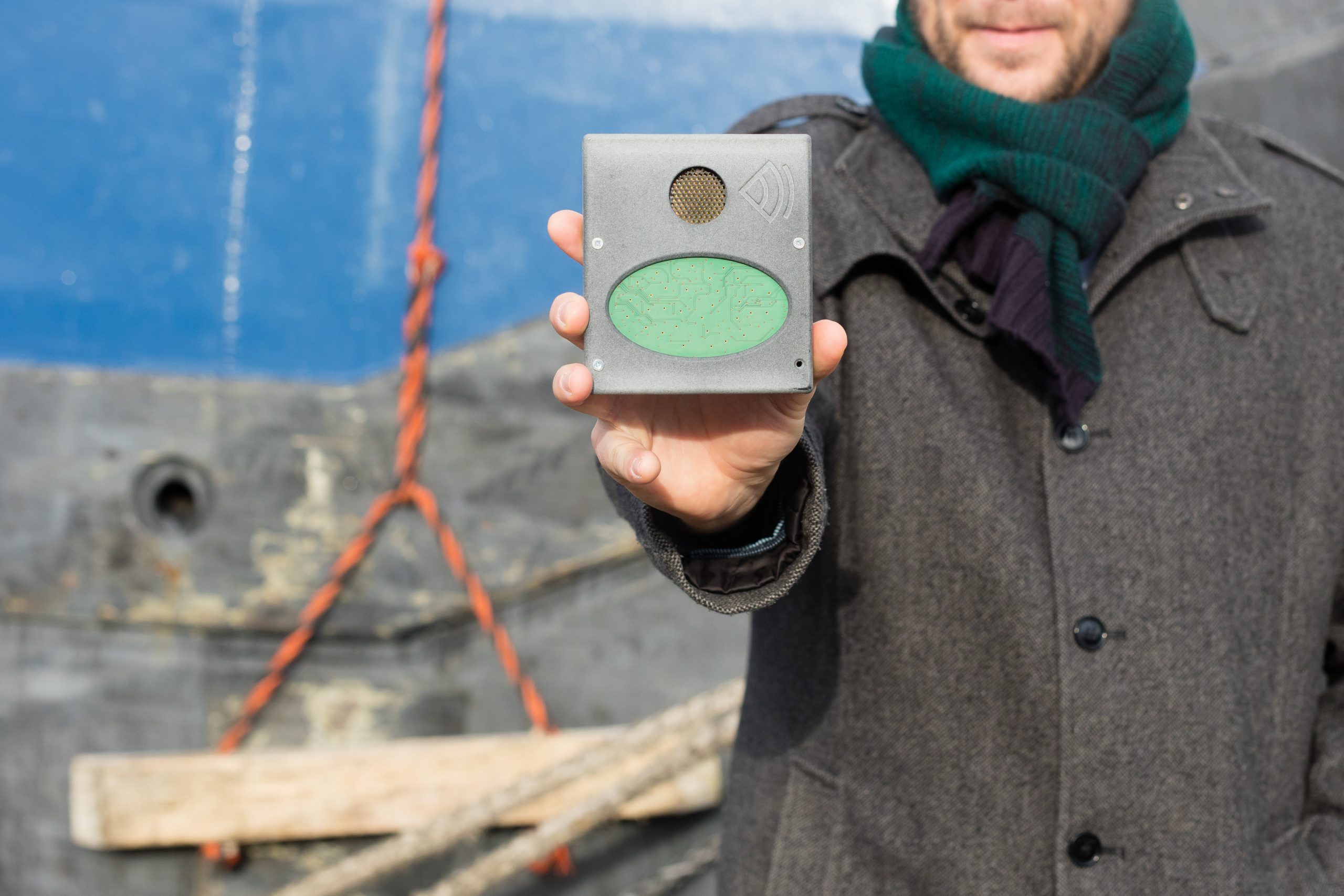Automated navigation is the future of inland shipping, say UAntwerp and the Port of Antwerp. Together they developed a 3D sonar sensor to this end and tested it on the Port of Antwerp’s test vessel, the Tuimelaar. Their technology is inspired by the way bats see the world and works even if visibility is limited.
At CoSys-Lab, a research group in UAntwerp’s Faculty of Applied Engineering, Prof. Jan Steckel develops advanced sensor systems that can withstand harsh conditions. ‘In order to achieve fully autonomous navigation, constant monitoring of the ship’s surroundings is absolutely crucial,’ Steckel explains. ‘Cameras can be used, of course, but when visibility is poor – due to dust, water sprays, mud, smoke or fog – they don’t work properly.’
Sonar sensors, however, remain fully functional under such circumstances. They can provide a reliable picture of the ship’s surroundings at a low cost. Steckel: ‘We drew our inspiration from the way bats use echolocation. They emit sound waves, and when those waves hit objects, the bats hear the echoes of these collisions, allowing them to avoid obstacles flawlessly.’
Also read: Port of Antwerp deploys drones for port area inspections
Reflected sound waves
CoSys-Lab is a world leader in innovative sonar technology, which has many possible uses. For instance, the researchers are also looking into applications in the mining industry, where trucks equipped with these sensors could drive automatically from point A to point B.
For the project with the Port of Antwerp, the researchers developed a 3D sonar sensor with 32 sophisticated waterproof microphones. The project is called eRTIS, which stands for “embedded Real Time Imaging Sonar”. Steckel: ‘The information is transmitted in real time, because if there are any delays, the ship could crash into something. The “Imaging Sonar” part refers to reflected sound waves hitting the sensors to create a picture of the surroundings.’
Also read: Automated barge transports polluted soil in port of Antwerp
Trial run on board the Tuimelaar
In the last weeks of 2020, the technology was successfully tested on the Tuimelaar, one of the Port of Antwerp’s test vessels. In 2021, there will be a follow-up project: as part of the Smart Docking Innovation Challenge, the Port of Antwerp has given the green light to Prof. Jan Steckel’s 3D Sonar and Lidar for Vessel Monitoring project.
Picture: 3D sonar sensor (by UAntwerpen).








